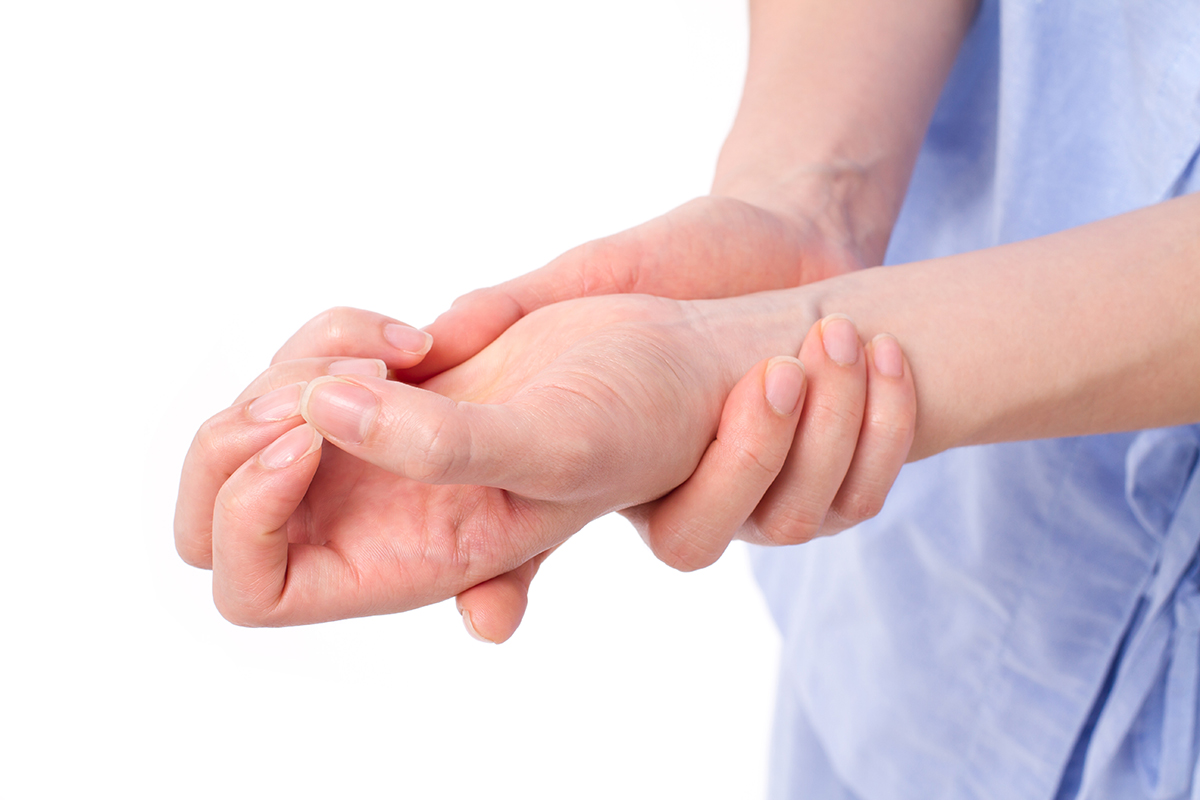Massage therapy is used to treat a range of mental and physical health conditions, and can be a good alternative to conventional methods of treatment. When it comes to individuals with Parkinson’s disease, massage can help to relieve both physical and mental tension, as well as help to alleviate symptoms of pain and muscle stiffness.
What is Parkinson’s?
Parkinson’s is a complex neurological disorder – it’s a progressive disease that affects motor skills such as muscle movement and function, as well as non-motor skills such as speech. Parkinson’s is often characterised by the loss of movement where muscles become rigid and often painful, and automatic movements like blinking and smiling can become impaired. With Parkinson’s disease, nerve cells (neurons) in the brain gradually break down or die, leading to abnormal brain activity and consequent loss of bodily control and function.
Common symptoms of Parkinson’s disease include:
- Slowed movement
- Rigid muscles
- Tremors or shakes
- Loss of balance and posture
- Impaired gait functions (such as shuffling, drooped shoulders and lack of arm swing)
- Reduced facial expression
- Cognitive impairment
- Anxiety and depression
- Difficulty sleeping
- Loss of smell
- Constipation
- Speech impairment
- Difficulty writing
- Vision loss
- Difficulties swallowing, biting, and chewing.
Parkinson’s has no cure, and the cause of the disease is largely unknown. However, the pain caused by Parkinson’s can be managed through gentle physical activity, specifically massage therapy.
How can massage help to manage Parkinson’s?
Massage therapy has been found to help improve the wellbeing of the person suffering from Parkinson’s, as well as reduce their joint and muscle pain. This is because massage can relieve muscle tension and pain, stimulate circulation, and relieve stress and depression.
Other massage benefits for a sufferer of Parkinson’s can include:
- Reduced anxiety
- Reduced pain
- Reduced constipation
- Improved flexibility and mobility
- Improved quality of sleep
- Improved energy levels and vitality
- Improved self-confidence and self-esteem
- Improved self awareness.
A case study of a patient suffering from Parkinson’s disease found that massage therapy (consisting of deep longitudinal stroking, muscle squeezing techniques, passive range of motion movements, and general relaxation techniques) had a positive effect on reducing resting and postural tremor, as well as temporarily reducing muscle stiffness.
As Parkinson’s typically causes muscle stiffness, alleviating tense muscles and joints has a soothing effect that instantly improves symptoms in a client. Not only that, but massage is proven to release happy hormones including endorphins, which helps to improve the client’s overall mood and outlook.
What to expect at your massage appointment
Massage therapy offers a relaxing and soothing experience. It shouldn’t hurt, although it can be slightly painful if there are some knots to be worked out. However, in the hands of an experienced massage therapist you’re guaranteed to be comfortable throughout the entire appointment.
Your massage therapist should be knowledgeable about Parkinson’s and have an understanding of the body’s anatomy, as well as the correct treatment path for you. Your therapist will help you onto the massage table or chair and will apply soothing pressure to the muscles and joints to help you relax. Generally, a massage session will last between 30 minutes to an hour and will be in a comfortable room with soft lighting and relaxing music to help you to unwind.
It’s important to tell your therapist if you experience any pain and to also explain to them of any injuries or disabilities you have. You should leave your session feeling relaxed and rejuvenated, with an increased feeling of well-being and decreased symptoms of pain and stress.
How often can massage be used to help manage Parkinson’s?
Massage therapy can be utilised whenever necessary. While there’s no way to get rid of the disease, regular physical treatment can reduce symptoms of muscle pain and stiffness, as well as reduce tremors. Although Parkinson’s is a neurological disorder, excessive tightness of the muscles can make symptoms such as tremors worse. In this way, massage therapy acts as a great way to relieve muscles and nerves.
If you’re suffering from excessive muscle pain and tightness, or if symptoms are becoming worse, you can book an appointment for a massage.
Find a qualified massage therapist
If you have Parkinson’s, it’s important to seek a qualified massage therapist to help give you the best treatment. You should look into working with qualified massage therapists who have completed a qualification in deep tissue massage and can be trusted to treat a range of injuries and complaints including muscle stiffness and pain.

